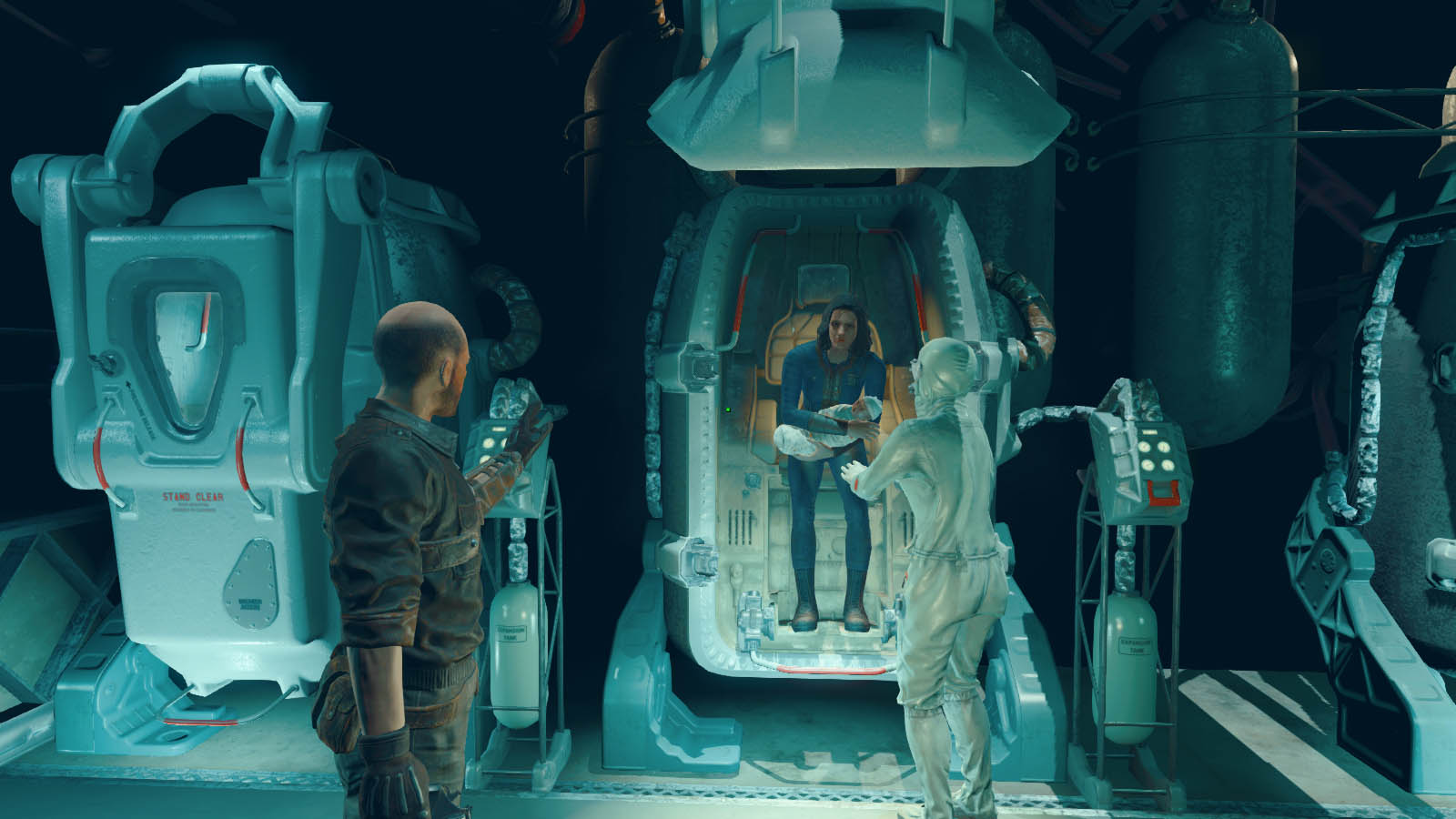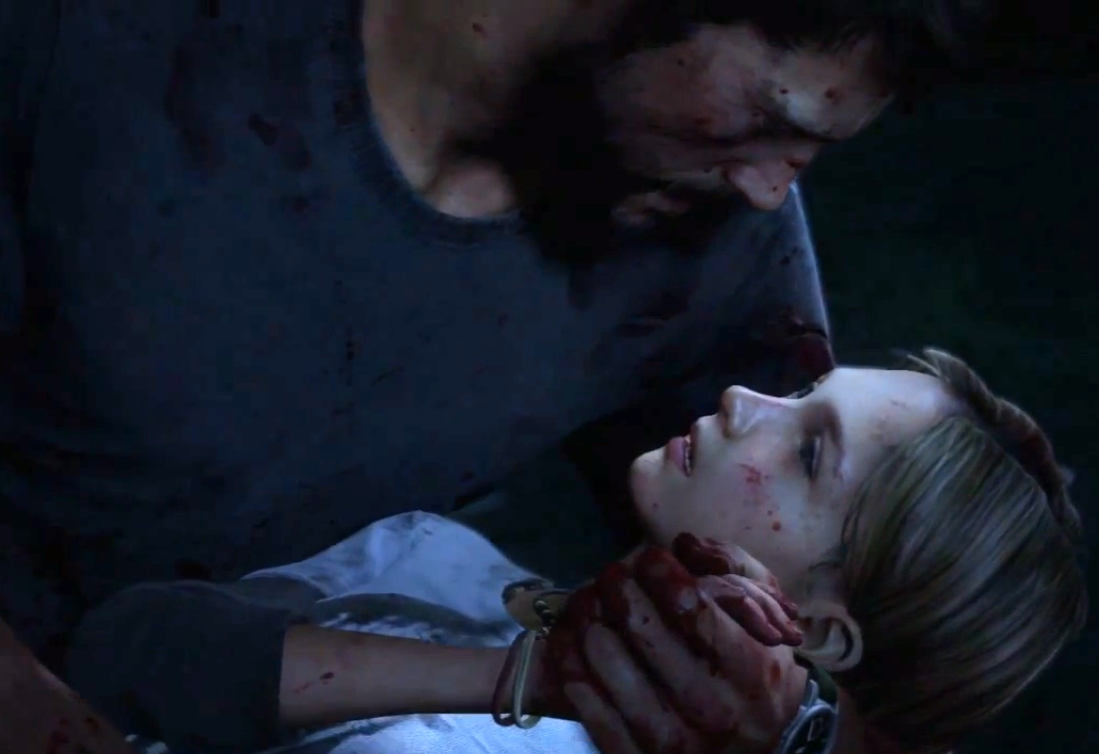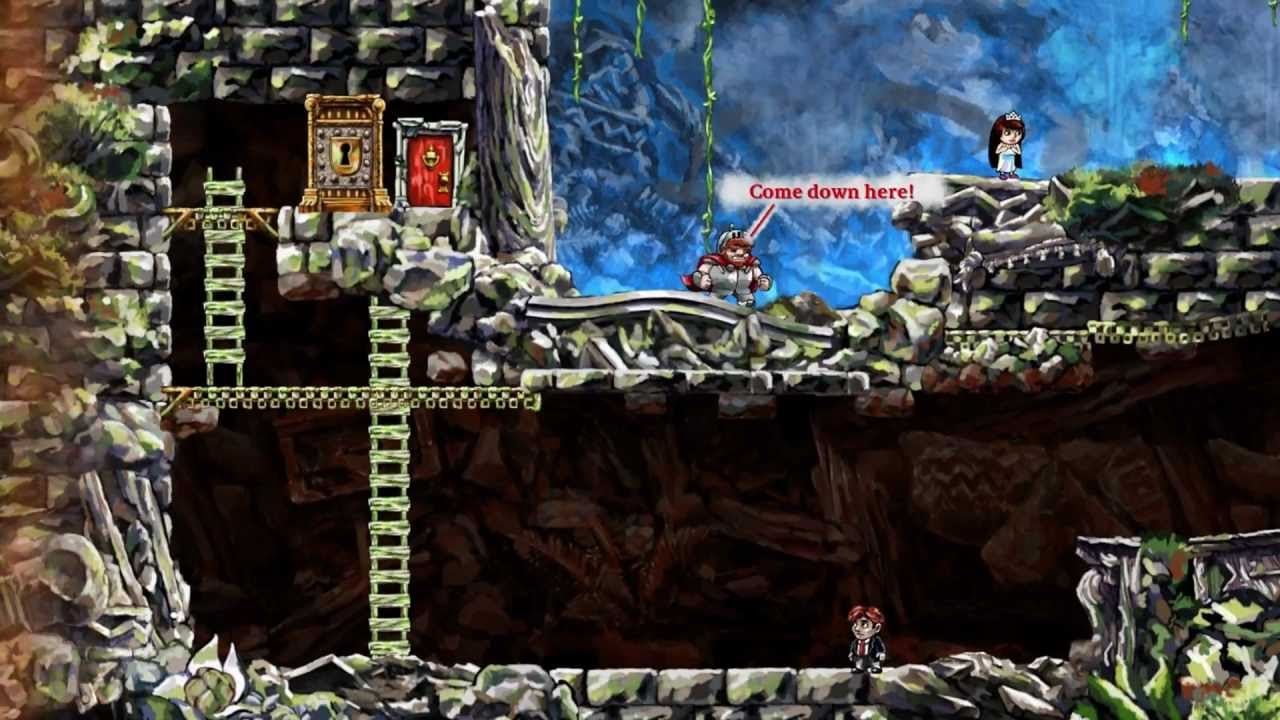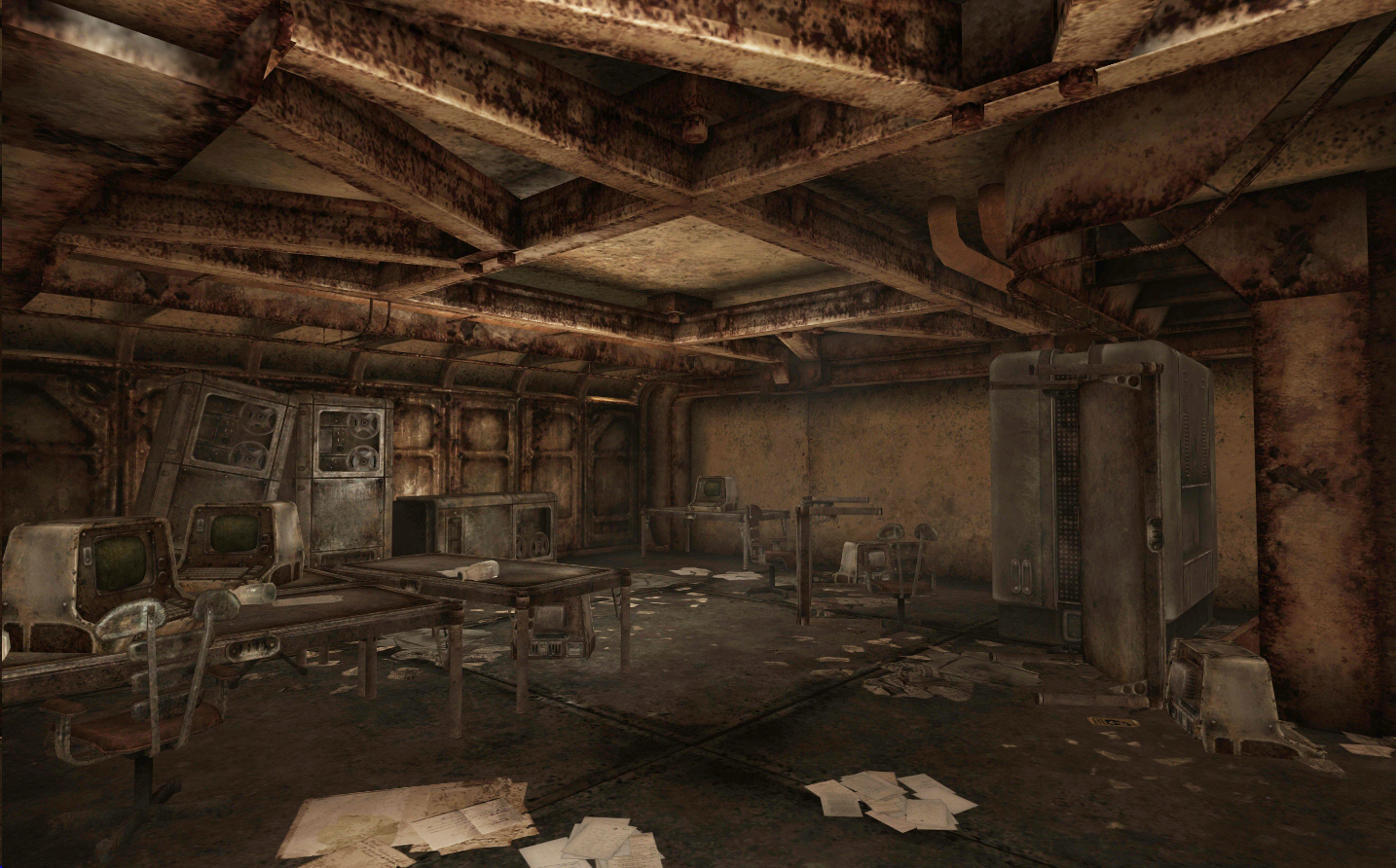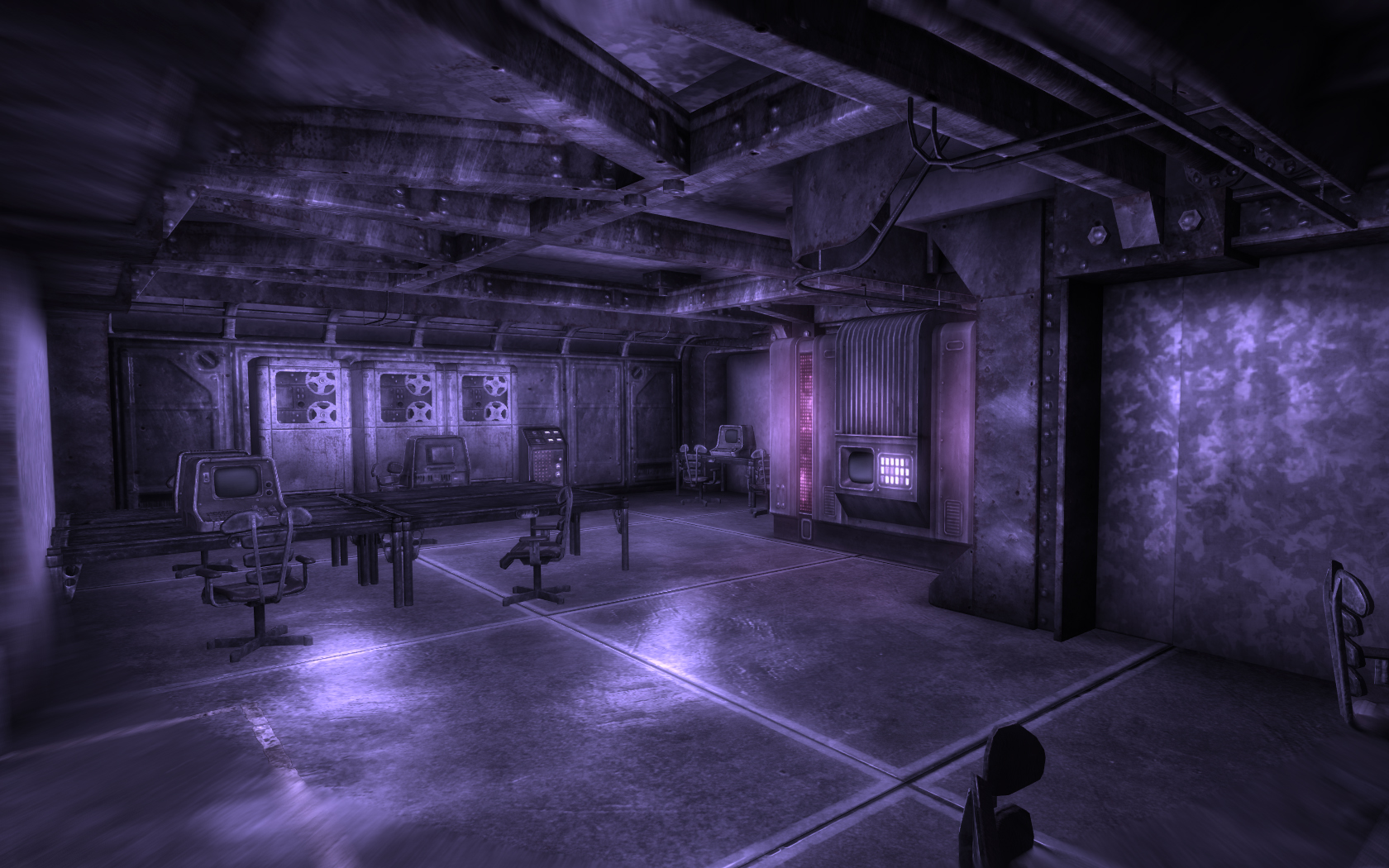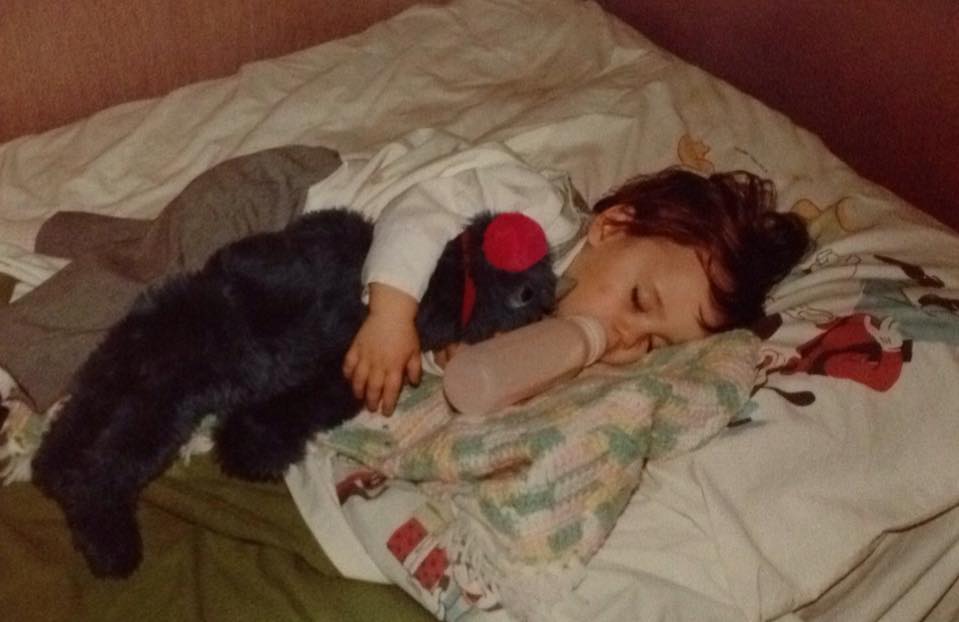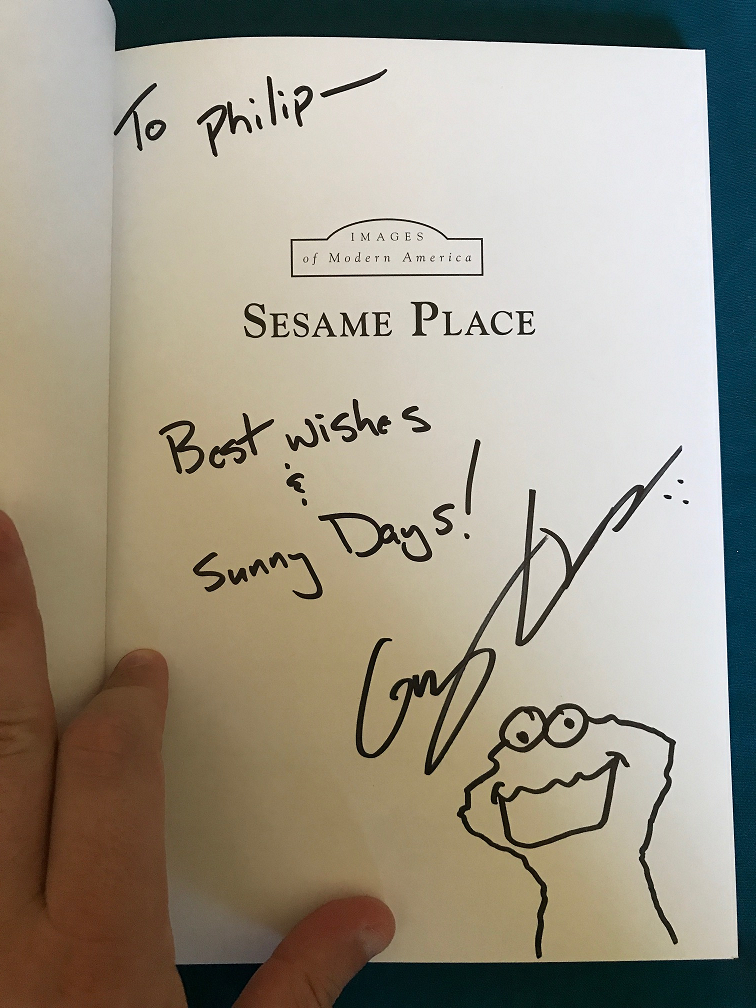Fallout is a game series I think about a lot. Even when I’m not playing it. Which, obviously, is most of the time.
There’s something about the series that keeps me enthralled. I love wandering the Wasteland, I love interacting with characters, I love deciding who to help and who to hinder. But I also love reading about the games. I love thinking about the games. I love watching others experience the games in ways I didn’t, not necessarily because their choices were different but because their perspectives were different.
When Fallout 4 came out, there was a bit of fan backlash. With the benefit of hindsight, I can largely agree with that backlash, even though I think the game did a lot of things very well. A friend of mine shared some of his frustration with the game pretty soon after release on Facebook. It was one of the first true criticisms of the game I saw.
Largely his complaint was with the way the game opened, which botched the necessary stage setting for the rest of the experience, he felt. Spoilers for this game (and Fallout 3) beyond this point. I’d consider them to be very minor, but you’ve been warned.
Anyway, very soon into Fallout 4, you witness the murder of your spouse and the kidnapping of your son. This sets the main story into motion, as you chase down the culprits through post-apocalyptic Boston.
My friend’s complaint was that as soon as he regained control of his character, he started gathering up loot, talking to new characters about unrelated things, building crazy weapons…in short, doing exactly what no human being could possibly do after witnessing the murder of his spouse and kidnapping of his child.
Fair enough, but I didn’t share that concern.
Yes, you can start collecting garbage and, as he put it, go adventuring with your new pals from the future…but you don’t have to, and the game doesn’t actively or immediately encourage you to do so. Someone brought up The Last of Us as a point of comparison, as that’s another game that opens with personal family trauma in the face of apocalypse, and handles it much better. And…well, yes, it does. That game is a masterpiece, with a deeply affecting opening sequence. Period.
…except that you can actually work against the intended emotional impact there, too, spinning in circles and acting like an idiot when your main character is supposed to be experiencing profound personal trauma.
That’s just an inherent gap of the medium. The character is meant to do or to feel something, but the player is not obligated to do or feel anything. Great games draw players in and encourage them to bridge that gap themselves, but the gap is always there at the start. You’re the one required to cross it, and you’re the one who can choose not to.
Fallout 4 makes it easier for a player to work against it than The Last of Us does; that much is absolutely true. There’s more to do in Fallout 4 for a start, meaning a player has more to experiment with and — therefore — more to distract him. And, frankly, the pre-war world we briefly occupy at the start of Fallout 4 is a bit cartoony and detached from reality compared to the deeply true-to-life single-parent home of The Last of Us, so we are at a relative emotional remove.
But, again, the fact is that any game that offers interactivity* allows the player to do things that aren’t in service of the game’s end. Mario is supposed to grab the flagpole, but he can walk endlessly into the side of a pipe if he wants. Link is supposed to collect the triforce pieces, but he can smash pots and play minigames until the player loses interest. And you’re supposed to mourn the collapse of your family in Fallout 4…but you can find a laser gun and play Buck Rogers if you prefer to do that instead.
I’m not shifting the blame away from any particular game. If the game fails to keep a player engaged, that’s on it. But the fact is that you can detach from the main goal at any point, whether or not there’s in-game incentive to do so.
My friend taught me something about myself as we had this conversation. He said that I probably have a greater willingness to “play along” than he does. And I’ve been stewing on that ever since. I don’t just suspend disbelief…I actively invest belief in whatever a game would like me to.
And why not? As with novels, films, television shows and even some music, the appeal to me is an opportunity to inhabit a world that an artist has created. I don’t have to give myself over emotionally to these things, but I find it both easy and rewarding to do so. I like playing along. Give me a hackneyed setup. Give me an idiotic twist. Give me a predictable arc. I’ll go along with anything if I expect it will pay off in some interesting or satisfying way.
Obviously, it doesn’t always. And if a game (or novel, or film…) loses me, I tend to stay lost. But I’m willing to give things the benefit of the doubt as long as I possibly can. Which is why I didn’t have an issue with Fallout 4‘s hamfisted emotional opening; I was absorbing it with the belief and understanding that it wasn’t an end in itself…it would lead to something else that would excuse whatever flaws it displayed up front.
Did it? Well, I won’t get into that, because it would distract from the point of this piece. The important thing is that I’m not only willing to engage with games on their own terms…I do so actively. And once my friend pointed this out about me, it felt important for me to know. I’ve been thinking about it ever since.
I have another friend who will reload his Persona game over and over again until the conversations he has with other characters go exactly right. When I play, I let the conversations happen more or less naturally. Yes, that means I lose out on the chance to connect with certain characters before the game ends, but if my natural interaction with those characters isn’t something they enjoy, then why am I trying to connect with them at all?
The answer, of course, is that I can unlock gameplay perks by completing these connections (or, as the game calls them, Social Links). But it must be more important to me to be true — to “play along” within the fiction of the game — than it is to treat these interactions from the perspective of a player sitting on the couch who, really, has no reason to go through any of this except for the in-game perks. I treat the characters as people, and surround myself with the ones I would surround myself with in reality, rather than as digital means to an end. Even though, strictly speaking, that’s exactly what they are.
Heck, just today I was playing Wasteland 2 — my love of Fallout extends to related games easily — and I was low on supplies in a difficult area. I found a locked door and was able to force it open, revealing a small room. Inside were some containers, which were almost guaranteed to have the health and ammo I needed desperately, among some other nice treats. But one of my companions figured out my intentions. She said, “This is Kathy’s office. We shouldn’t be in here.”
…and I left the boxes unopened.
She was right. It was Kathy’s office. And they were Kathy’s things.
Why did that matter? It probably didn’t. My digital avatar could have used those digital goods…but I wanted to play along. My character wasn’t a thief, so he wasn’t about to thieve. My character makes friends and helps good people, so that’s how I’ll play…even if deviating from that self-imposed rule would make my experience easier.
And, yes, it would make the game easier, but would it make it more satisfying? Is playing games about getting to the end, or about the experience along the way? If you think it’s the former, you aren’t wrong, and you’re entitled to that belief. But I fall firmly into the latter camp.
I like opening myself up emotionally to art, when I can. Speaking only about video games, it would be difficult to get emotionally invested in Mega Man, for instance, as much as I love it. But as story and characterization become more important seemingly by the hour, I find myself rewarded for giving myself over to games like Limbo. Or The Last of Us. Or the single best example of unexpected consequence I’ve yet seen, Braid.
And, certainly, the Fallout games.
Opening myself up emotionally — playing along — isn’t just a way to feel what the developers want me to feel. It’s a way to feel what the character would actually feel. It’s a way to put yourself in somebody else’s shoes. In somebody else’s situation. In somebody else’s dilemma. And that’s valuable. Studies have shown that readers of literary fiction develop a stronger sense of empathy, while readers in general (those who read popular fiction or non-fiction) aren’t much different in that regard from non-readers.
Likewise, not all video games have the same empathetic value, and I think the difference is similar to the split between literary and popular fiction. Popular fiction pulls you along through an experience, but literary fiction encourages you to think about the consequences or implications of that experience. It’s another layer, and it’s the defining one. Video games haven’t been around long enough to earn equivalent labels, but I do think there’s a difference between playing Call of Duty and playing Fallout 3. They each hand you guns and tell you to shoot the bad guys, but only one of them will haunt you for years with the choices you made. Or failed to make.
I’ve written about post-apocalyptic ethics a few times (such as here and here), but I wanted to share another memory with you now. One in which my willingness to give myself over to the game actually resulted a deep ethical shock to my system.
For all of the settlements I failed to save, for all of the people I failed to help, for all of the tragic outcomes I failed to avoid, there was a situation in Fallout 3 in which simply exploring one area — and the consequence of exploring that area — felt more meaningful to me than almost anything I’d done in video games before, or have since. By playing along with the game, I expected to feel consequences. But I never expected to feel monstrous.
Why would I? I’m not monstrous. I’m flawed. I may not always make the right decisions. But I’m not the bad guy. I choose not to play as the bad guy. That’s my choice, and one this game — like many others — allows me to make. I’ve chosen not to be the villain.
And then, suddenly, I was.
My favorite parts of any Fallout game are the Vaults. Within the universe of the series, Vaults were designed as (largely) effective fallout shelters to protect humanity through nuclear war. Of course, they also functioned as contained social experiments, with different (and often cruel) variables inflicted upon the unprepared occupants to see how they would cope. By the time you as a player get to experience any of the Vaults, the experiments have almost uniformly come to an end, and you get to explore the wreckage, reading terminal entries and assembling the unseen Twilight Zone episode that was these occupants’ lives.
May favorite Vault experience was Fallout 3‘s Vault 106. I stumbled across it on my own. No character in the game had mentioned it, and I had no specific reason (apart from curiosity) to climb inside. It’s a game, after all. I might as well check out this new area and see what cool items I can dig up.
I had seen several Vaults in the game already (you begin the game in one, find an important character in another, and — in a truly brilliant sequence — tour a promotional model in a bombed-out museum), so the design was familiar, but it was immediately apparent, once I entered, that this was not going to be a safe experience. Tables and chairs were overturned, trash was everywhere, and the lights didn’t seem to be entirely functional. I was on guard for enemies at this point, but I couldn’t find any.
I explored the Vault deeper. There wasn’t much food or anything to scavenge. Before long I met an occupant…who ran at me, babbling incoherently, and brandishing a lead pipe.
I holstered my weapon, which is a cue in this game for not wanting to fight, but the occupant kept coming. I backed up, giving him time to reconsider, but before long he was attacking me, screaming, not letting me speak to him. I didn’t really have a choice, so I targeted him and shot him dead. The game named this attacker “Insane Survivor.”
Well, there was my answer. At least one occupant had gone insane, and that’s why Vault 106 was trashed. It’s also why I couldn’t reason with him in the same way that one can reason with many other individuals: he had no sense of reason. His mind was gone. He was insane.
Further into the Vault I encountered a few other enemies marked as Insane Survivors. At first I still tried to get them to drop their weapons. After all, my character lived in a Vault once, too. My friends lived in Vaults. I’m not here to cause trouble. But they were indeed insane, and I had no choice but to kill them if I wanted to survive. It really was me or them. And if they were truly crazed, beyond any kind of understanding, lost entirely to brainless, unending violence…isn’t ending their lives a kind of mercy?
Being attacked by humans was nothing new. Fallout 3 contains a lot of people in enclosed spaces who want you dead. Killing Vault dwellers indeed felt wrong, at first, but after enough of them swarm you with weapons, you make a decision. And each time it happens, you make that decision a little bit faster.
What really set this experience apart, though, was something that happened as I was walking through a corridor. I heard some bizarre mumbling ahead of me, and proceeded with caution. After a few steps the entire screen went blue, and the mumbling stopped. I thought it was a glitch in the game, especially when, a few steps later, the color was properly restored, and the babbling started up again. An Insane Survivor was up ahead. I chased him down and killed him.
These “blue-out” moments kept happening, though. I went from assuming it was a glitch to assuming that there was some kind of unreliable blue lighting in the vault (a night-time simulator?) that was kicking on spasmodically. I then assumed the Insane Survivors were trying to disorient me by flicking the lights on and off. It was creepy enough as it was, and it became even moreso once I realized, after several more times, that the vault looked a lot…cleaner when it was blue.
The tables were upright. The papers were stacked neatly. No more grime and greasy (bloody?) handprints. The computer monitors were not smashed. In fact, they were functional. And if I activated them, I could read notes that changed each time I called them up. They asked me to soak in the blue. It was safer here. It was nice…
Eventually I was able to piece together that these blue-outs were caused by gas leaking through the vents. It was causing hallucinations. It was causing colors to change, characters to vanish and reappear, items to rearrange, exits to relocate or disappear entirely. Someone, somewhere, according to a computer terminal, had decided to test a psychoactive chemical on the residents of Vault 106. It was still being pumped into the rooms when I entered, long after everybody was driven mad by these hallucinations. Was it intended to continue indefinitely? Or was it meant to be temporary, with those conducting the experiment either going mad themselves, or being killed by those who did, before they could discontinue it?
The blue-outs kept happening. Then going away. Then happening again. I was in two versions of Vault 106 at once. One safe and cool…one treacherous and full of murderers. At one point I was attacked before the hallucination (as that was now, clearly, what this was) kicked in, and the attacker turned into a character I hadn’t seen since the beginning of the game…one of my childhood tormentors. I tried not to fight, but I lashed out at last, just in case my hallucination was more powerful than reality. He disappeared when I struck him, became somebody else, eventually turned back into the real-life attacker in the properly-colored world.
It was disorienting, overwhelming, and frightening. It’s one thing to know the odds are against you. It’s another to not know where you are, how to get back out, or what’s waiting around the next corner.
Ultimately I made it as deep into the Vault as it was possible to go. There was a small room. A storage cupboard. I opened it and I found one last occupant there, sealed off from the rest of the Vault dwellers. When I opened the door, she attacked me, but something was different. The game didn’t mark her as an Insane Survivor. She was marked instead as Survivor. The absence of the modifier (the qualifier) gave her an entire history.
She had not been driven mad by the hallucinations. Instead, she saw what was happening to the others and, unable to interfere without getting herself killed, gathered up as many supplies as she could and isolated herself from the chaos. The occupants originally entered Vault 106 to escape the war on the surface, and she entered this storage cupboard to escape the war in Vault 106.
But I killed her. She fought me, and I killed her.
Because I couldn’t reason with her. Because I was on edge. Survival was not the issue. She didn’t have much of a weapon. (Did she even have a weapon?) She was not insane; she just knew she had no reason to trust me. Why would she approach me in peace? For all she knew, I would shoot her in the head, loot her supplies, and leave again. That’s what anyone else would do, including her fellow residents, lost to their madness.
I wouldn’t have done that, given the choice. I wouldn’t have killed a sane survivor. And yet that’s just what I did.
I’m not monstrous. I’m flawed. I may not always make the right decisions. But I’m not the bad guy. I choose not to play as the bad guy. That’s my choice, and one this game — like many others — allows me to make. I’ve chosen not to be the villain.
And then, suddenly, I was.
Vault 106 successfully messed with my mind enough that it culminated with me murdering an innocent woman. A woman who took steps to avoid the Insane Survivors all around her lost her life to a reasonable, pragmatic guy who had just gradually gotten used enough to gunning down Vault dwellers that he didn’t think twice. Was I any better than the Insane Survivors? Or did I just have better equipment?
All I know is that there was a sane woman locked safely away in a Vault somewhere. And sanity in the Wasteland is a precious resource. Now she’s dead, because I thought it would be fun to do a little exploring.
And that’s what demonstrates Fallout 4‘s biggest weakness to me. Ultimately I don’t share the same concern as my friend, but he helped me to understand what I felt was lacking. In that game, I made my biggest decision — to destroy the Institute — and never looked back. No, I don’t think it was a perfect solution to Boston’s problems, but before doing it I was convinced that I was making the right decision for me. Afterward…no additional information or ramifications made me reconsider that. The decision was large, but ultimately hollow. I decided to do something and did it, and had no more afterthought than I would after having flipped a light switch.
Fallout 3, however, haunts me years later…and all it had to do was give me a Vault to explore.
I never expected such a small thing to have such a big impact.
And, of course, small things don’t always.
But any time they do, I’m reminded of the importance of playing along.
—–
* The exception here might be visual novels, with the only true opportunity for deviation coming from withholding input. But, honestly, I’d think that counts. When the game is waiting for your response and you choose to provide none, ever, at any point, that is still a method of playing.
